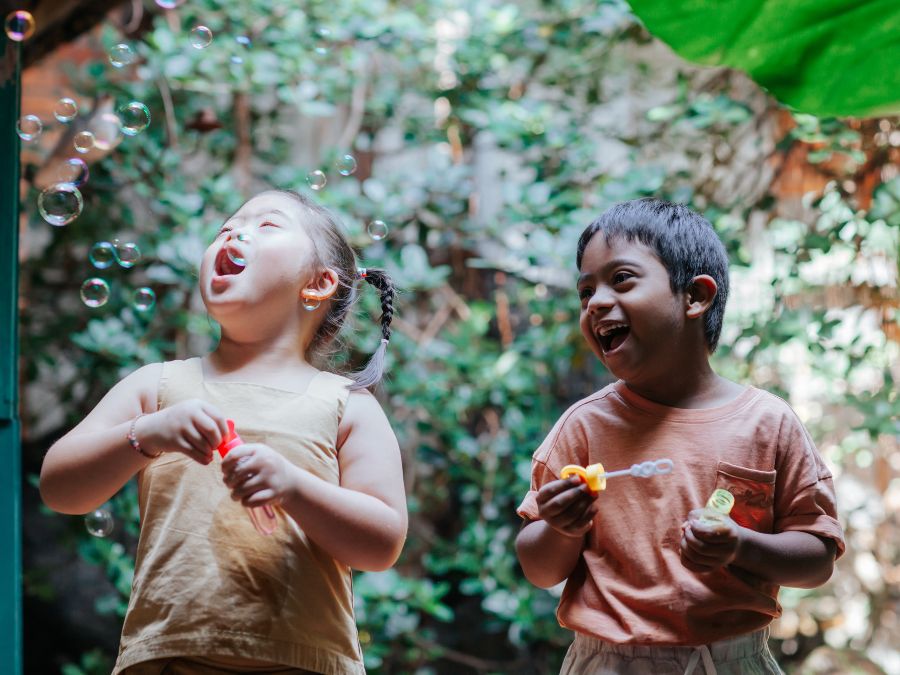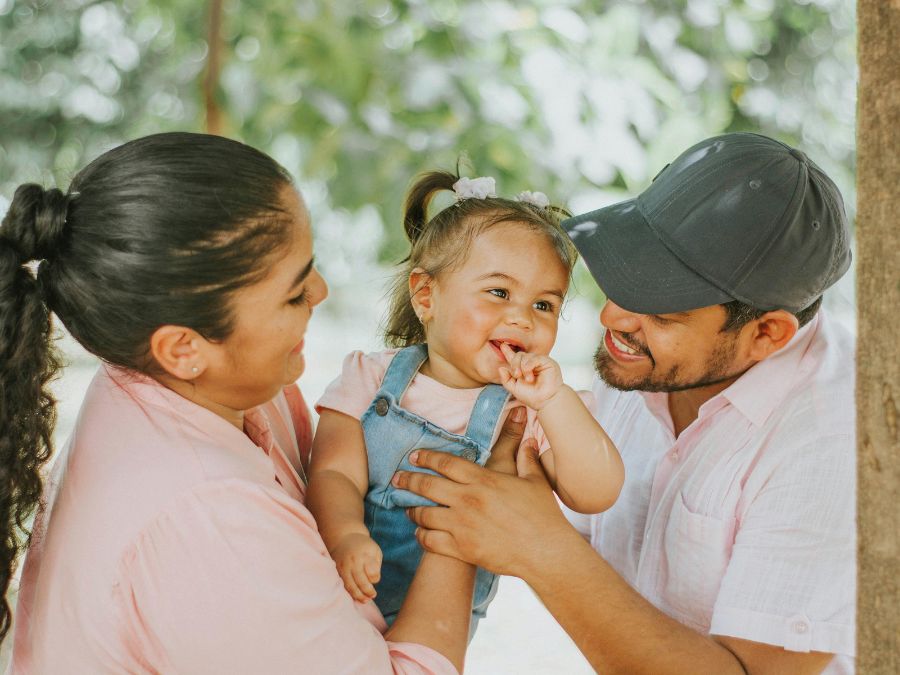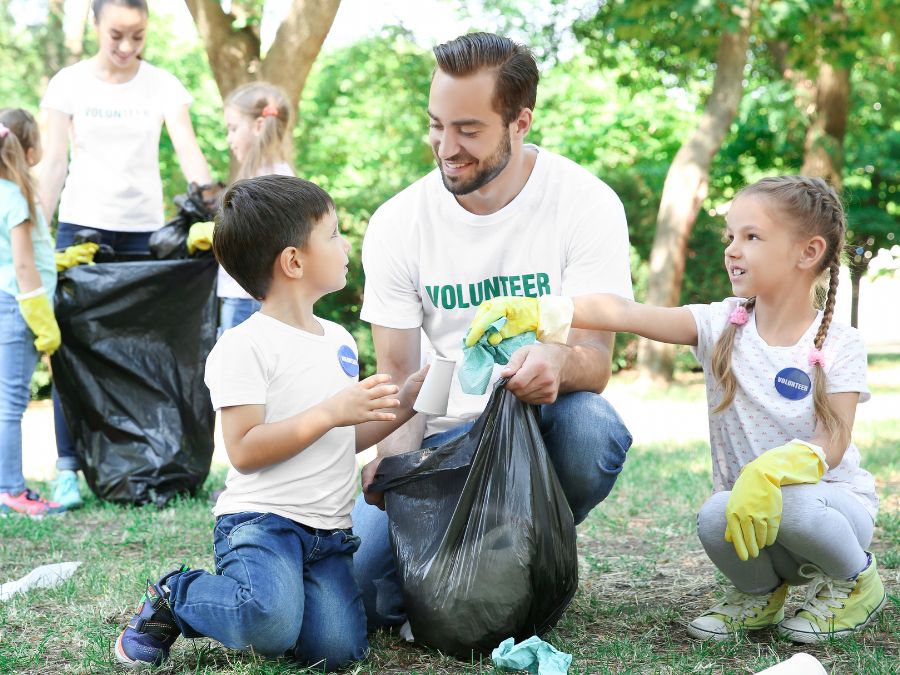
Helping all neurotypes thrive through the Four Building Blocks of HOPE
As an advocate for neurodivergent people, Lana Jelenjev, co-founder of Neurodiversity Foundation, knows firsthand that a strengths-based approach is critical. She says that much of the trauma that comes with conditions like autism, bipolar disorder, dyslexia, and more, is rooted in the fact that the world is unable to see the strengths and resilience of those populations, and puts pressure on them to conform and fawn (people-please) to fit in different situations.
Lana has a background in child development, gifted education and curriculum development, and uses her expertise to guide her in this question, “How can we create a society where all neurotypes can thrive?” When she first discovered the HOPE framework, she realized that its principles could help her get closer to the answer.
“I see HOPE as a framework that can easily be added into these conversations around creating a society where all neurotypes can thrive,” she said, referring to the Four Building Blocks of HOPE. “How can we be in right relationships? How can we have deep connections? How can we provide a positive environment? How can we engage with each other, and how can we also learn about our emotions?”
She was struck by just how much the language echoed the “salutogenic” as opposed to “pathogenic” approach that she believed in: or as the HOPE framework would call it, strengths versus deficit-based approach. She thought, “There’s a language here that [we] can use and integrate in the work we’re doing.”
Supporting neurodiversity in communities, workspaces, and in the home
The Neurodiversity Foundation has a three-pronged approach to its work: it has a client base of organizations that seek custom curriculum and trainings around neurodiversity; it engages in public advocacy; and it creates spaces for community conversations. Since Lana became a trained HOPE facilitator last year, she’s been raising awareness primarily in the community conversations portion of her work.
“People who join our activities can either be neurodivergent themselves or …. allies within the neurodiversity movement … such as HR managers or leaders who would want to do things differently with their teams,” including making HR policies that are more sensitive to neurodiversity.
Lana says a lot of her clients say, “We can definitely see [HOPE] as something that we can add in the work that we’re doing, but also see it more from our personal selves … How can we use this in our families or our immediate relationships?”
She notes one particular client, a queer refugee group in the Netherlands, that asked her to join one of its community calls. This group had participants who had experienced challenges as queer people, as refugees, and as neurodivergent people. She invited the participants to look at their experiences through a HOPE lens.
Creating safe, stable, and nurturing environment for neurodivergent people
“What do you have in your life, in your environment … in your connections” that is positive? She said it took them a while to process that invitation, but eventually, participants realized “‘There’s more that I’m bringing in’” beyond just thinking about adversity.
One Building Block of HOPE that Lana discusses in her presentations is creating a safe, stable and nurturing environment for neurodivergent people. One of her slides shows the roots of society’s problems that lead to harmful environments: like racism, ableism, and sexism. And it also points out that external factors like climate change and pollution can exacerbate trauma. The HOPE framework reinforces the importance of supporting people to feel more safe in challenging environments.
She also talks with her clients about the importance of healthy relationships as a way to either avoid or heal from ongoing trauma that neurodivergent people face. She talks about “masking” or “camouflaging,” which are different terms to describe trying to keep neurodivergence hidden. She says the trauma comes from having “experienced so much in life that you’re told that you’re not normal, you’re weird … you’re not one of us.” HOPE demonstrates that having even just one or two supporting adults can be a game changer. And instead of only looking back at painful memories, HOPE encourages people to remember the positive things that happened in their childhood.
It helps people say, “‘I remember my teacher who helped me with this,’ or ‘I remember I had a good friend’ … I think it helps sort of jog [their] memory.”
What does the HOPE framework look like in your work?
Do you have an amazing story to share on how you are using the HOPE framework in your work with children and families? Are you looking to start prompting positive childhood experiences? Reach out to us!


